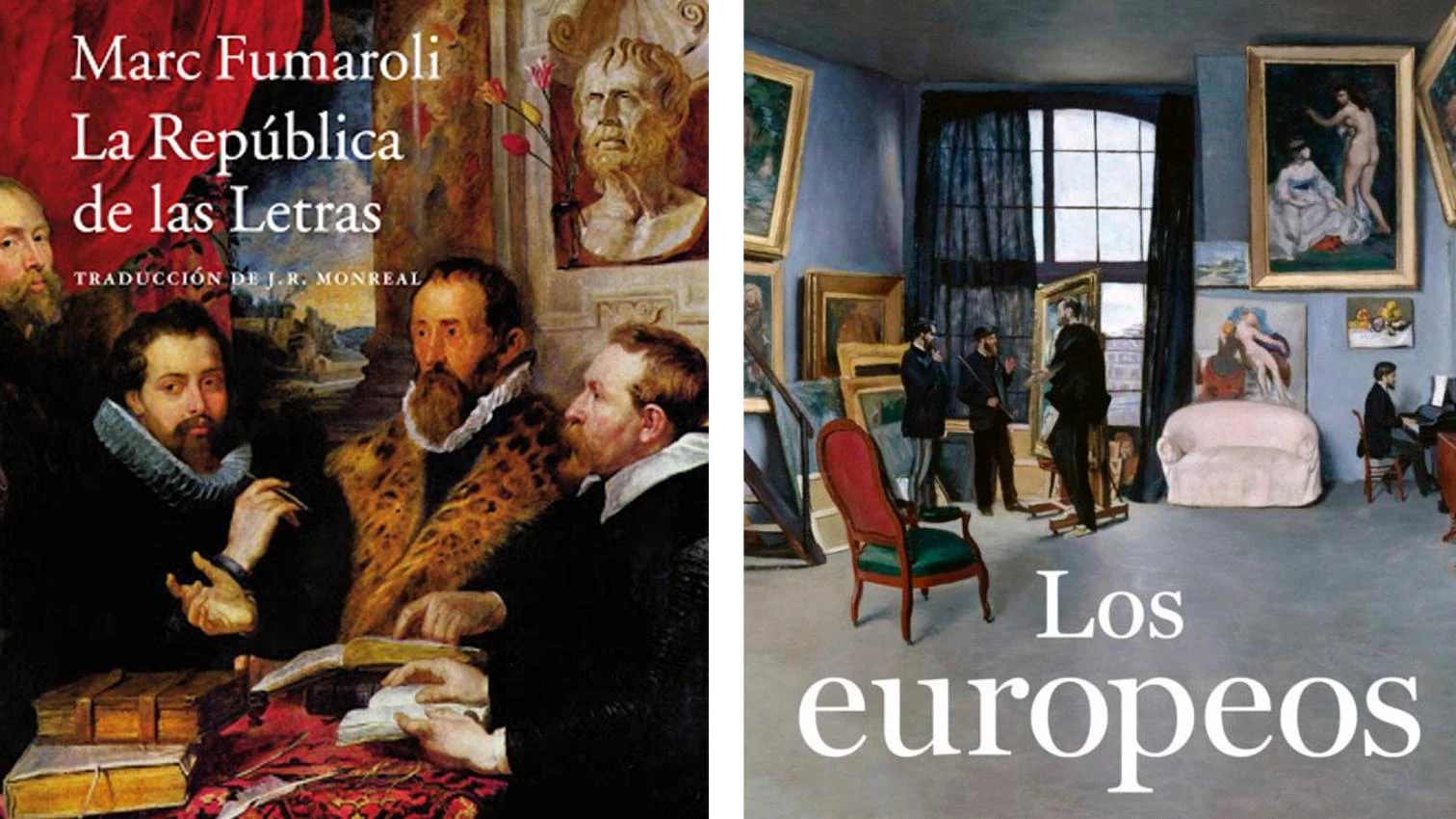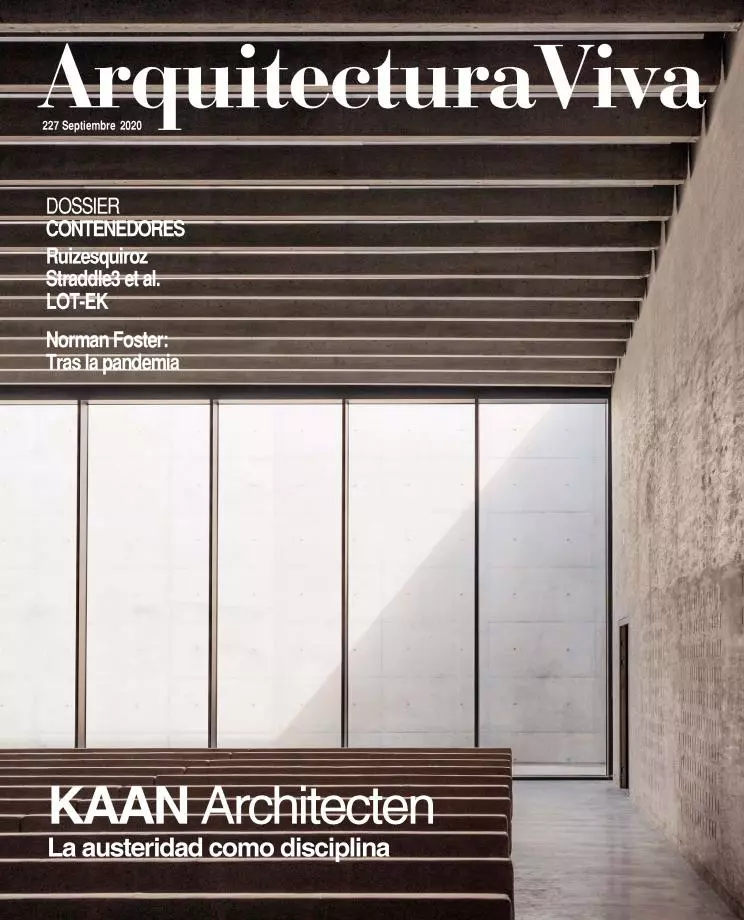
The passing of Marc Fumaroli, an eloquent defender of European culture, has coincided with the Spanish release of The Europeans, the book by British historian Orlando Figes on the making of cosmopolitan culture in the continent, and this encourages revisiting an essential work of the French polymath, The Republic of Letters, where the roots of the internationalization of authors, artists, and musicians in the 19th century are traced back to the busy traffic of writers and erudites in the three previous centuries. Although the two books are very different, both authors put emphasis on the material factors that led to the fertile exchange out of which an awareness of a shared culture arose: Figes the railway, which made travel faster and safer; and Fumaroli the system of posting stations, which facilitated the movement of people and mail.
After those of Harold Bloom and George Steiner, the death of Fumaroli ends a dramatic period for contemporary thought. The anglophilia of the author of The Anxiety of Influence, the extraterritorial nature of that of Grammars of Creation, and the resilient French roots of the writer of Les abeilles et les araignées do not make them less cosmopolitan or less aware of the interdependence of European culture. Bloom held that everything could be found in the central author of his canon, Shakespeare; Steiner managed to summarize the institutions, ideas, and customs of the Old Continent in The Idea of Europe; and Fumaroli has expressed his commitment to European culture by exploring its origins in the Enlightenment and its Greco-Roman foundations.
The French critic, who denounced the religious element of contemporary culture in L’Etat culturel and traveled to the world of arts and images in Paris-New York et retour, gathered his texts on the roaming intellectuals who culturally unified Europe in The Republic of Letters, where he presents the ‘ideal citizenry’ that would crystallize in the Academies, the erudite conversation between its characters and the role of voyages and correspondence in creating this Parnassus of cultivated leisure. The social network of academic pilgrims was of course elitist, but it laid the ground for the 19th-century massive spread and cross fertilization described by Figes.
The Europeans uses as guiding thread the lives of the French art collector and critic Louis Viardot, his wife of Spanish descent the opera singer Pauline Viardot, and her lover the Russian writer Ivan Turgenev. Triggered by the engagements of the soprano in different European opera houses, the journeys of the trio serve Figes to map the rise of a common culture in the continent, from the picturesque Andalusia that fascinates Pauline’s husband to the despotic Russia reflected in Sketches of a Hunter’s Album. At this time of disappointment and hope in a Europe indecisive in the health crisis and determined before the economic one, it is heartening to remember the tight web of cultural threads that bind all of us together.







